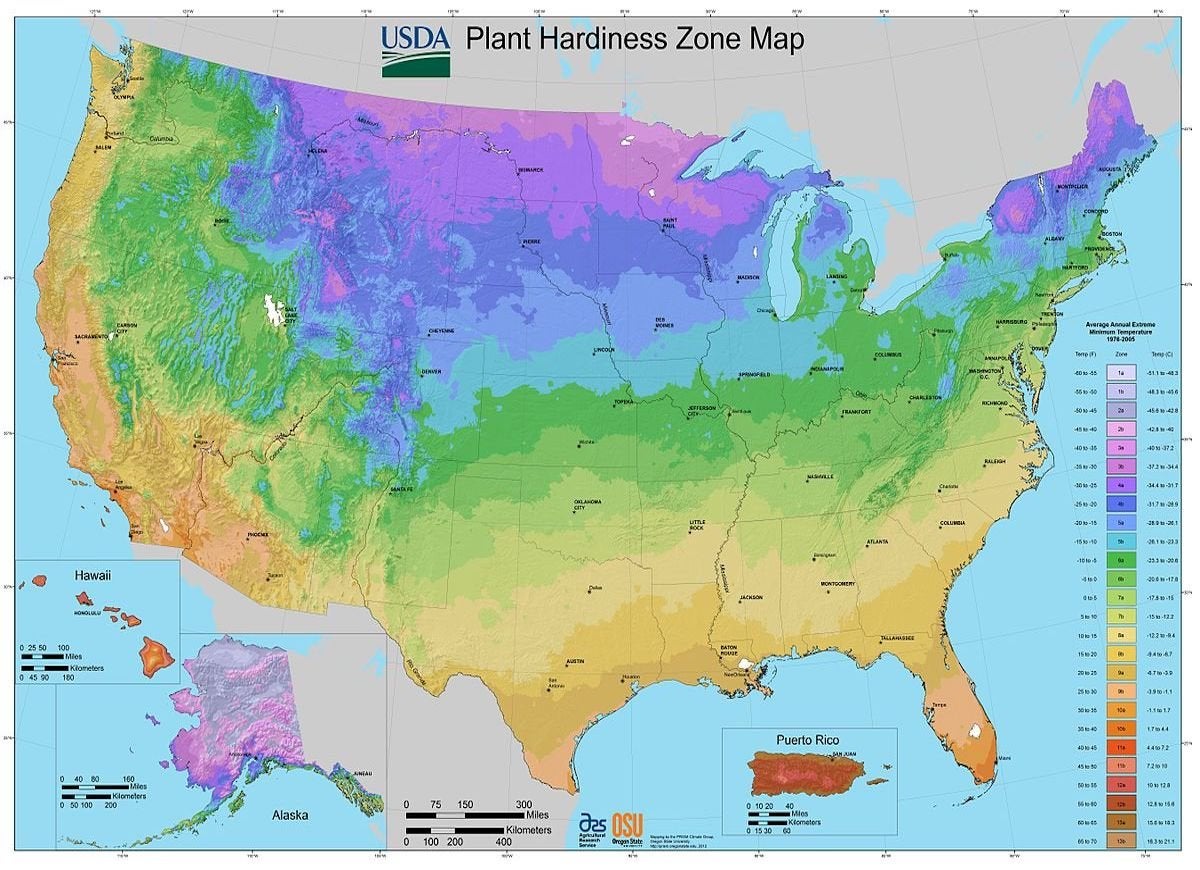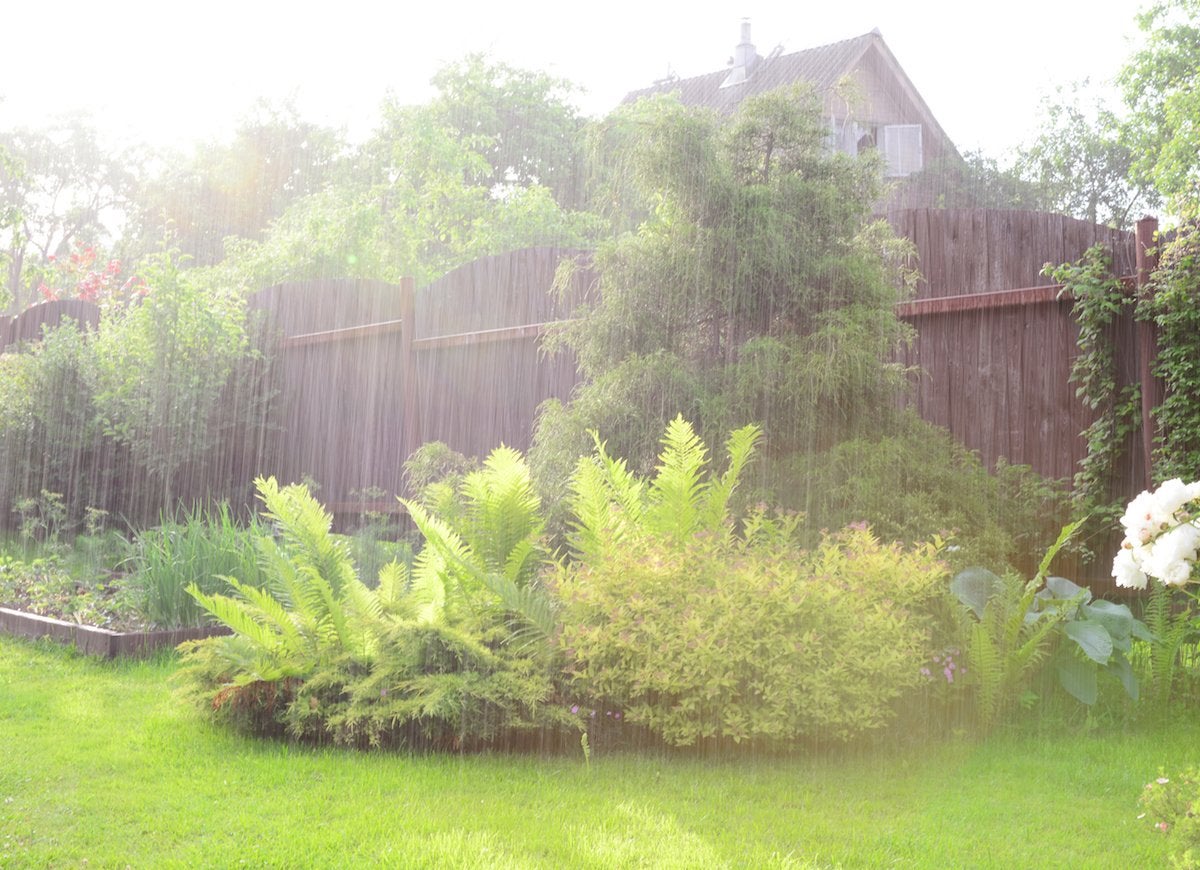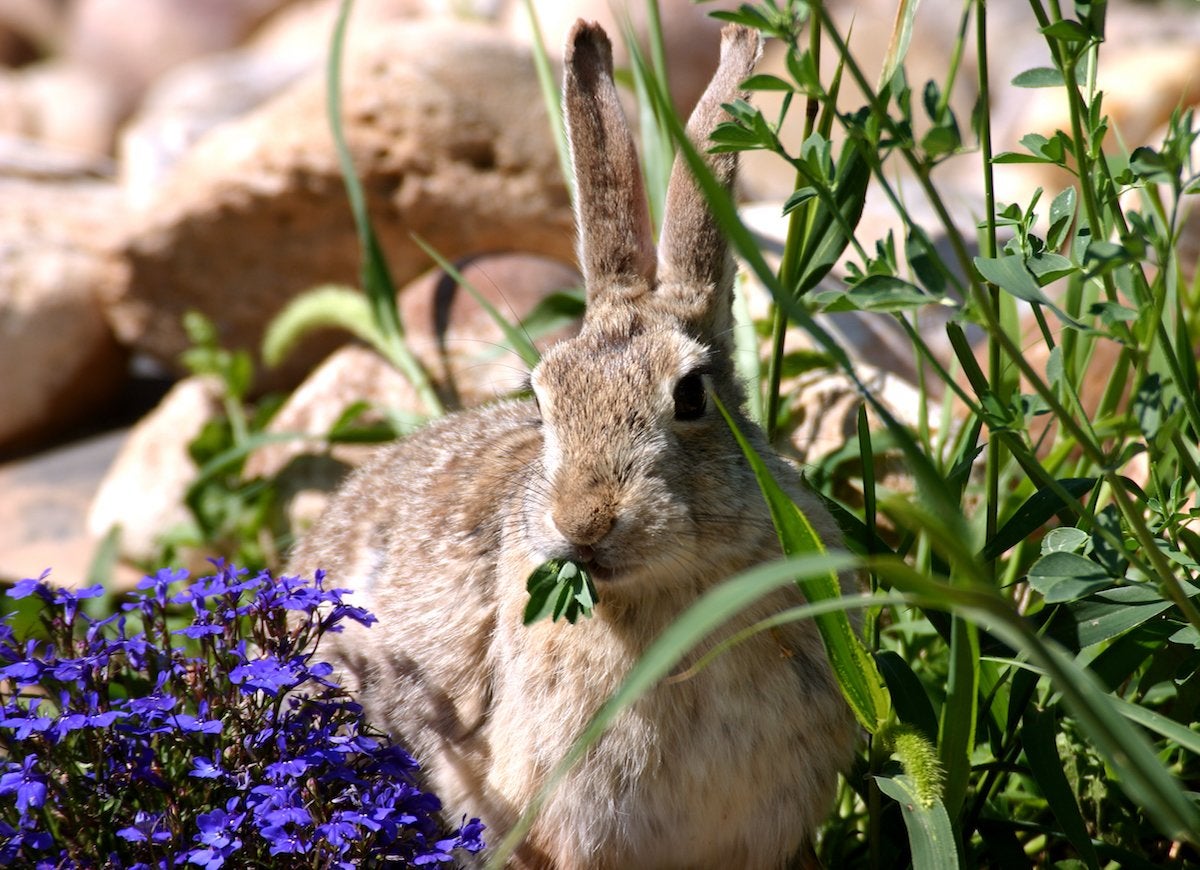Buying plants is an exciting adventure, but before you head to the nursery, it’s essential to prepare. With a little forethought, you can ensure your plants thrive in their new environment and create the garden of your dreams. Here are eight key things to consider before buying your next plant.
Know Your Growing Zone
Understanding your region’s growing zone is crucial. The USDA provides a plant hardiness map that divides the country into zones based on climate. Check which zone you’re in and stick to plants suitable for that area. Most plant labels or seed packets will include this information, but if not, a quick online search will help you out.

Understand Your Yard’s Light Conditions
Sunlight is essential for plant health, but each plant has its own light preferences. Before purchasing, observe your yard at different times of the day to gauge how much sun or shade various spots receive. Choose plants that match those conditions. For instance, shady areas should get shade-loving plants, while sunny spots should have varieties that thrive in full sunlight. Some plants can handle partial sun or shade, making them versatile for areas with mixed light.

Consider the Local Rainfall
Water needs vary between plant species. If you live in a dry climate, look for drought-resistant plants unless you’re prepared to water frequently. If you live in a rainy region or have soil that retains water, opt for plants that tolerate wet conditions.

Evaluate Your Time Commitment
Some plants need a lot of attention, while others are more self-sufficient. If you prefer low-maintenance plants, select varieties that don’t require frequent pruning, deadheading, or fertilizing. For example, self-cleaning flowers drop their spent blooms without help, and slow-growing plants minimize trimming efforts. Match your plant choices to the time and effort you’re willing to spend.

Plan Around Your Travel Habits
If you’re often away from home for extended periods, choose plants that can survive with little care. Some species are more tolerant of neglect and don’t need daily attention. If your travels are frequent, low-maintenance, drought-tolerant plants may be your best bet, especially if you don’t have anyone to tend to them while you’re gone.

Factor in Space Limitations
A plant that looks small in the store can grow much larger in your garden. Research the mature size of plants before purchasing to ensure they have enough room to expand without overcrowding. Overgrown plants may need to be transplanted, disrupting your garden design.

Test Your Soil
Knowing your soil’s composition can make a big difference in the success of your plants. You can purchase a simple soil test kit to determine if your soil is acidic, alkaline, or neutral, and whether it’s rich or deficient in essential nutrients like nitrogen and phosphorus. This knowledge will help you choose plants that suit your soil or guide you in making amendments to improve its quality.

Be Aware of Local Pests
Garden pests like rabbits, deer, and insects can quickly destroy new plants. Research the common pests in your area and choose plants that are less attractive to them. For example, deer love tulips but avoid daffodils, and rabbits might nibble on pansies but leave marigolds alone. Being pest-aware can save you from disappointment later.
By considering these eight factors before you visit a plant store, you’ll set yourself up for a thriving and low-maintenance garden that brings you joy for years to come. Happy planting!

